A question that we answer regularly at VujaDay Creative Digital Agency is:
How much does SEO cost?
Clients are expectedly unclear on which form of SEO to invest in. Accordingly, regarding SEO, we are often asked:
Local SEO, Organic SEO, or PPC: Which Should I Use?
In the article How Much to Budget for SEO, Preston Kendig writes:
Depending on what you can afford, the size of your website, and the amount of content you’re generating, you might expect to devote anywhere between 5 and 50 hours per month to your SEO efforts. Based on the going rates of most digital marketing agencies, this could cost anywhere between $500 and $10,000 per month.
Search Engine Watch offers various models for SEO pricing, including a monthly retainer, contract services at fixed prices, project-based pricing, and hourly consulting.
Organic SEO vs. PPC
If you haven’t already, please see our previous post What is SEO to learn about the 3 types of SEO.
So, what should you expect to pay for SEO?
Here’s a survey of the range of the costs according to the payment models described above.
- Monthly retainer: $750-5,000 per month. Within this range, the amount that a client pays depends on the size of their business and the extent of the services provided by the agency. On the lower end of this spectrum are small SEO agencies that offer a limited range of services. On the upper range are businesses with greater needs working with full-service SEO agencies. Most businesses pay between $2,500 and $5,000 for a monthly retainer.
- Contract services at fixed prices: price variable. Businesses that are just testing the waters in SEO usually choose a contract service as an entry point. Typical contract services include things like SEO copywriting ($0.15-$0.50/word), site content audit ($500-$7,500), link profile audit ($500-$7,500), and social media site setup ($500-$3,000).
- Project-based pricing: price variable. Since there are a variety of projects, there is a wide range of prices. Most projects cost from $1,000 to $30,000.
- Hourly consulting rate: $100-300/hr. SEO consultants, whether individuals or agencies, usually charge between $100 and $300 per hour.
On the other hand, Pay Per click (PPC) campaigns used to increase web traffic involves advertisers paying a fee every time their ad is clicked on. For a visual demonstration of this, I tested Organic SEO vs. PPC for the keyword SEO. You can see the results below.
Using Google Keyword Planner, along with Neil Patel’s Ubersuggest I found the average cost per click for the keyword SEO to be roughly $16.00. Therefore, if my ad generated 100 clicks per day ($16.00 * 100 = $1,600), I would owe Google approximately $11,200 after one week!
When developing an SEO strategy, you have to find out what the ROI is for the PPC campaign, then ask yourself…is this sustainable?
With regards to organic SEO, you can see from the image below from Neil Patel’s Ubersuggest keyword tool, that SEO industry leader Moz ranks #1 for the keyword SEO. Ultimately, Moz does not have to pay for the clicks they get because they did the organic SEO work behind the scenes to achieve a #1 ranking for a coveted, and difficult to rank for keyword.
What is the difference between Organic SEO and Local SEO?
Generally speaking, research shows that web searchers view no more than the top 3 results for any particular search query. In fact, the closer any particular web page ranks to the first position, the higher the chances are for searchers to view that particular web page.
Ultimately, searchers don’t typically scroll down to the bottom of the SERP (Google, Bing, Firefox, etc.), and very rarely go beyond the first page.
A key distinction between organic SEO and local SEO revolves around your target audience.
Are you trying to reach consumers from around the country or internationally?
Or are you targeting consumers in a specific, local geographic area?
If your answer is local, then there is no need to over complicate your SEO strategy. Ultimately, you might consider concentrating on a well-rounded local strategy as opposed to much more expensive organic SEO or PPC options.
Image Source: Google Images
In the post Local SEO & Beyond, Casey Meraz from Moz suggests:
As much as I like to think local SEO is rocket science, it really isn’t. You really need to focus your attention on the things that are going to move the needle.
How to develop a local SEO strategy
Step 1 – Optimize your website
First and foremost, a successful local SEO strategy starts with a fully optimized and well designed website. The image below illustrates an example of an SEMRush site audit, which is invaluable in terms of determining how to optimize your website. I am going to refer to a post I recently wrote that outlines the importance of this Web Design Deceit: Is Your Website Optimized.
Many clients that we speak to are reluctant to invest in a new or redesigned website because more often than not, they have previously invested a lot of money in a website that falls short of what Google and other search engines require to rank highly.
Our recommendation is to wipe the slate clean and build your web presence the right way. The #1 recommendation from Moz that affects all aspects of SEO and conversions is to start with a solid website. Ignoring this step typically creates bigger problems in the future, which will negatively impact your overall rankings.
Step 2: Develop a citation strategy
When someone searches online for a local business, search engines and many mobile apps rely on location data from the data sources above to provide search results.
According to the Moz Local Overview:
If a listing data is incorrect or inconsistent between all these data sources, your listing might not show up in the search results.
For the sake of transparency, if you have the time and technical abilities, this is something you may be able to do on your own. SEMRush Listing Management or Moz Local will cost you a few hundred dollars per year, and you will have the ability to manage all of your listings.
However, you have to consider the opportunity cost associated with learning and managing SEO, which is a science in and of itself. When choosing to handle SEO your own, you will have to spend the time to learn all about SEO—how to manage it, track it, analyze it, how to use the tools effectively, and how to make informed decisions based on the analytics.
Below is an image that illustrates a tool from SEMRush that helps you manage your citations.
Alternatively, therein lies an opportunity to work with VujaDay, an agency willing to listen to your goals, while not selling you on services your company doesn’t need.
Step 3: Positive review generation strategy
Think about reviews as social proof. Positive reviews show that people like what you’re selling, and that they trust you. It is crucially important to not neglect the power of positive and negative reviews.
Online reviews from places like Google, Facebook, and Yelp are important for a variety of reasons including:
- Local search rankings – your goal should be to get into the Google 3-pack.
- Consumer purchasing decisions – how many times have you made a decision based on social proof? If I’m looking for a new pizza place, rest assured I’m going to Google and Yelp…chances are, if I see negative comments I’ll choose another pizza place.
Local search engines will see your online reviews, and move your rankings either up or down local search results because consumers love online reviews!
When a person visits Google, Yelp, or another review source, they have generally made the decision to make a purchase. Now it’s simply a matter of who they are going to make that purchase from.
According to Shopify, the time it takes to make that decision is ridiculously short—almost instantly. Therefore, negative reviews can impact your bottom line because one quick glance at a negative Google or Yelp review will cause potential buyers to look elsewhere.
In the Shopify post How Online Reviews Impact Local SEO and Why They Matter to Your Bottom Line, a survey asked:
How many consumers actually read online reviews? According to one recent survey, 84% of shoppers said they trusted online business reviews as much as a personal recommendation from friends or family.
If a hungry person in Northeast Philadelphia is searching for a local pizza shop with good reviews, he or she will often head directly to Google or Yelp. Below is an example of what this hungry person might find when searching keywords northeast philadelphia pizza.
In the image above you see a list of local pizza shops in Northeast Philadelphia, along with their name, address, and phone number (NAP), location on Google Maps, and positive online reviews.
I’m am a Northeast Philly native, so I know that Vince’s Pizza is the best; yet, if I was new to the area, there is a good chance that I would choose Big Ben’s or Charlie’s because they rank higher.
As you can see from the image above, Vince’s has the most reviews, but something else is negatively affecting the ranking. This is likely due to an optimized website, citation problems, and/or negative reviews.
According to MOZ’s updated 2018 Local Search Ranking Factors, online reviews are thought to make up 15% of how Google and other search engines rank search results—up 5% from last year.
Below is a visual from Moz that breaks down the different variables:
So which SEO option is for me?
Back to the two of the most important questions for all business owners:
- Do I need SEO?
- Which type of SEO do I need?
Unfortunately, there is no blanket answer to these questions. The answers depend on:
- Growth goals
- The type of business you’re involved in
- Budget
An exercise we like to go through with clients at VujaDay Creative Digital Agency involves the client thinking about how much every new client means to them.
We begin with a discussion on Lifetime Value (LTV):
What is the lifetime value (LTV) of any new client you gain?
We recently ran through this exercise with a school who generates roughly $30,000 for each new student that they enroll. Granted, this example involves high revenue, it’s illustrates how you might consider investing in SEO.
If a new student enrolls in 9th grade, the expectation is that the student will remain at the highschool for 4 years:
$30,000 * 4 = $120,000
$120,000 FOR EVERY NEW STUDENT!
Multiply this time the expected number of students you plan to enroll each year. If the goal is to enroll 10 new 9th grade students each year as a direct result of SEO:
$120,000 * 10 = $1,200,000 or 1.2 Million Dollars!
This is a great example of how an investment in SEO can dramatically increase revenue. However, it is important to note that you can’t expect to invest $200 a month and on a projected ROI of 1.2 million dollars. This is where it becomes extremely important to have an agency or SEO rep that can clearly articulate how they plan to meet your goals, along with the price tag associated with these services.
In terms of SEO, agencies need to be as transparent as possible with SEO options for business owners who understandably don’t know what SEO is, what SEO can do for them, and what approach they should implement to align with their growth goals.
Business owners need to understand that they do not have to pay the high prices that many SEO companies force them into thinking they need to help their business thrive and grow.
At VujaDay Creative Digital Agency, we want to ensure we are meeting the needs of all small business owners when it comes to technology, and organizational growth. If you would like us to discuss a particular topic, drop us a comment or contact us through the website!


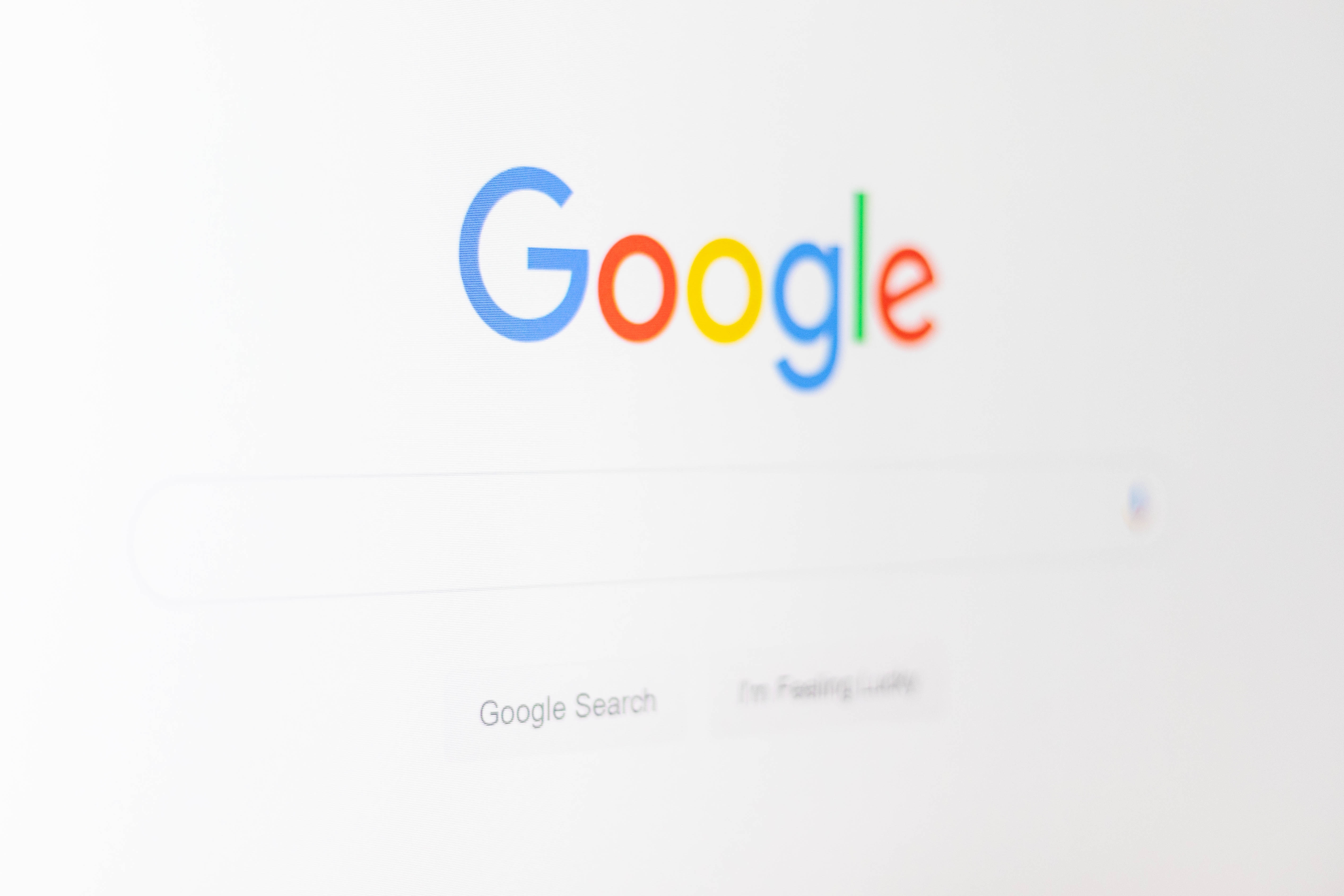
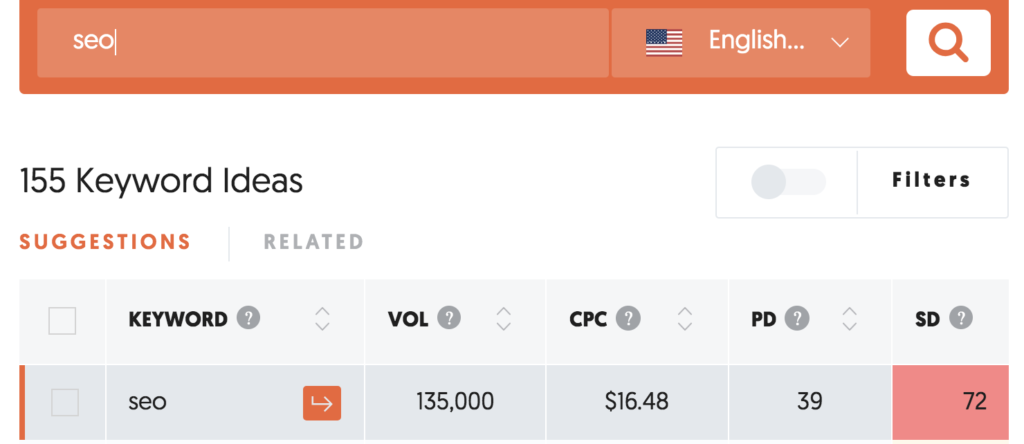
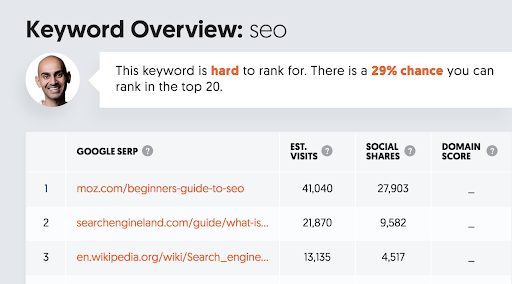
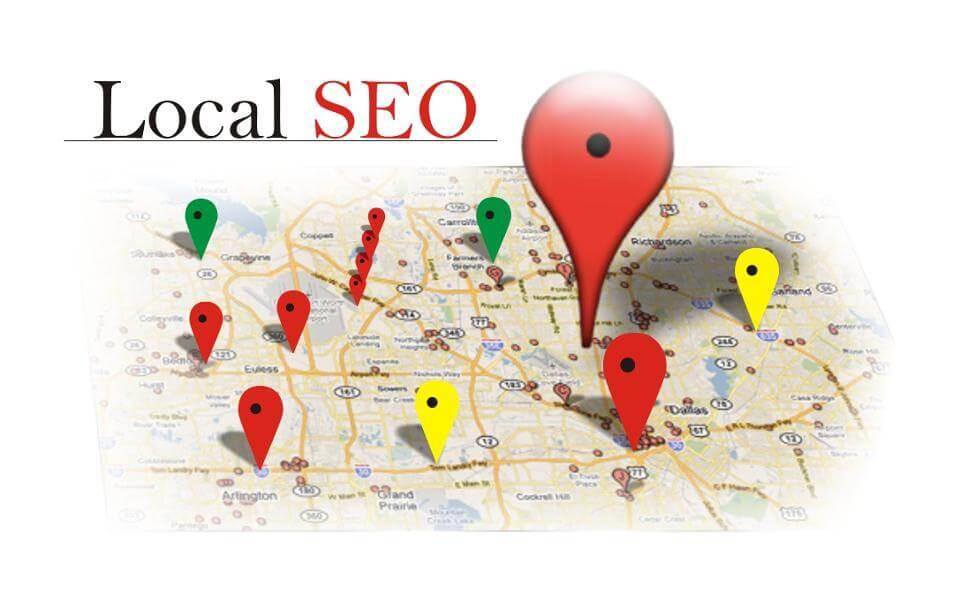
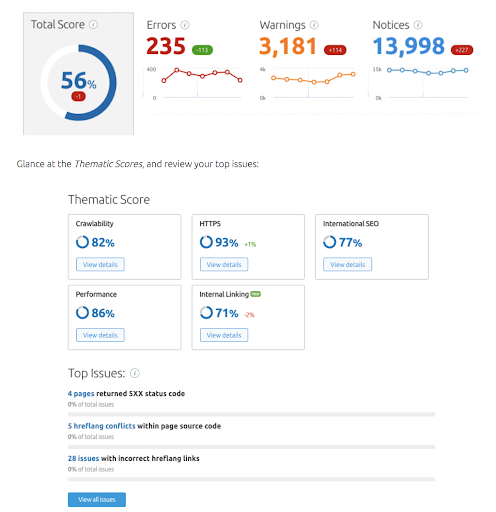

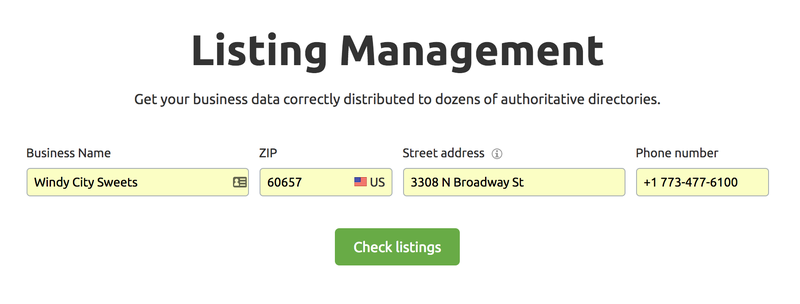
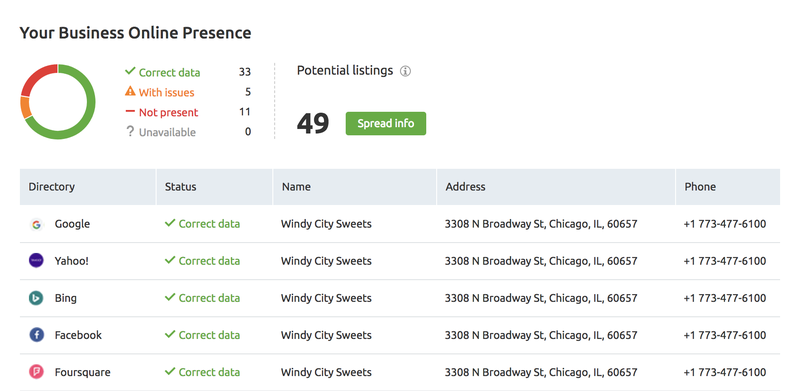
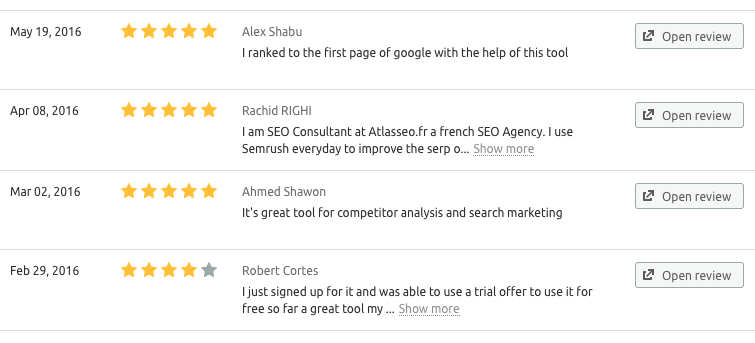
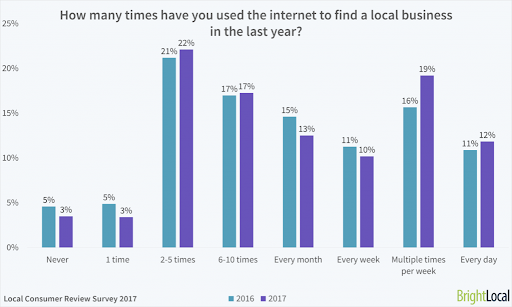
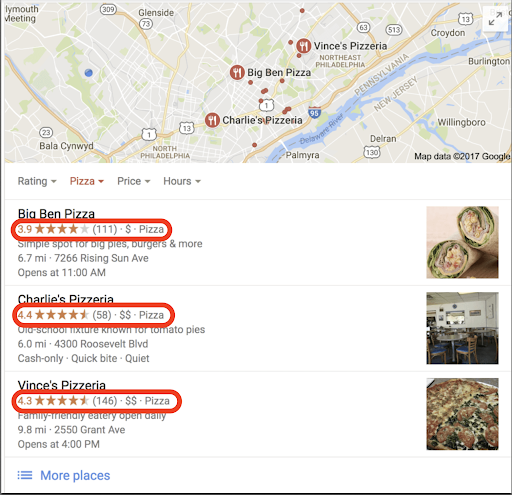
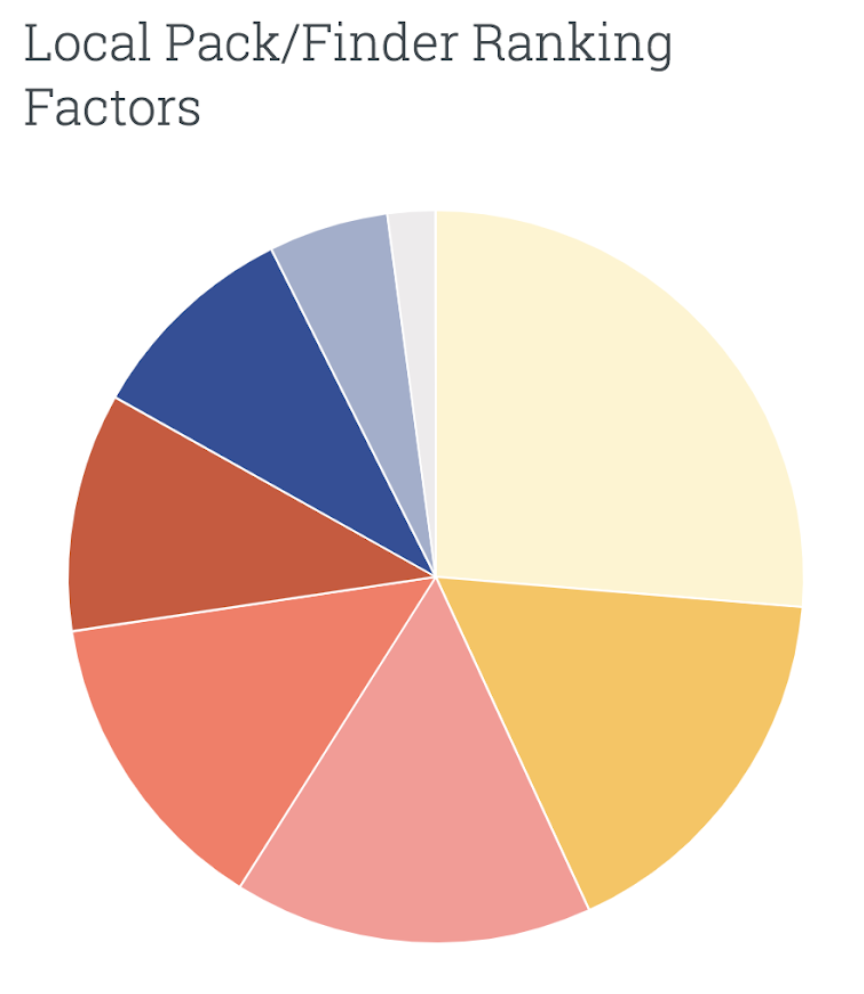
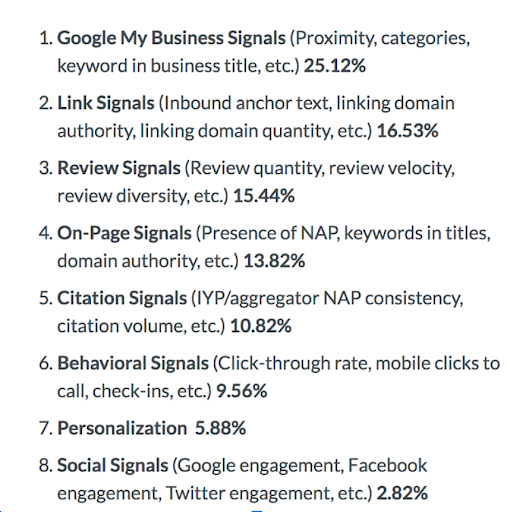

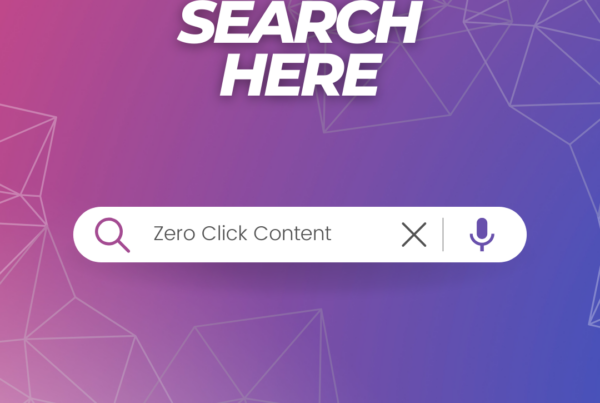
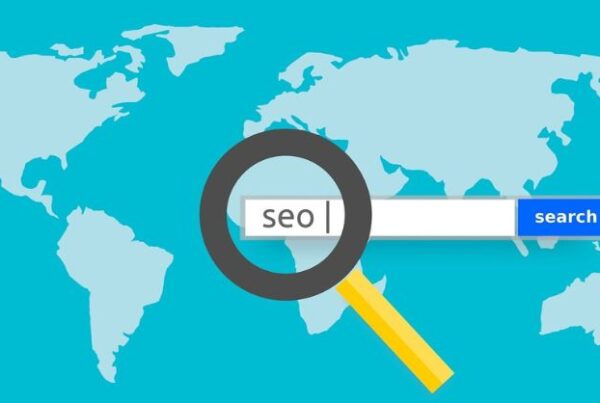
3 Comments